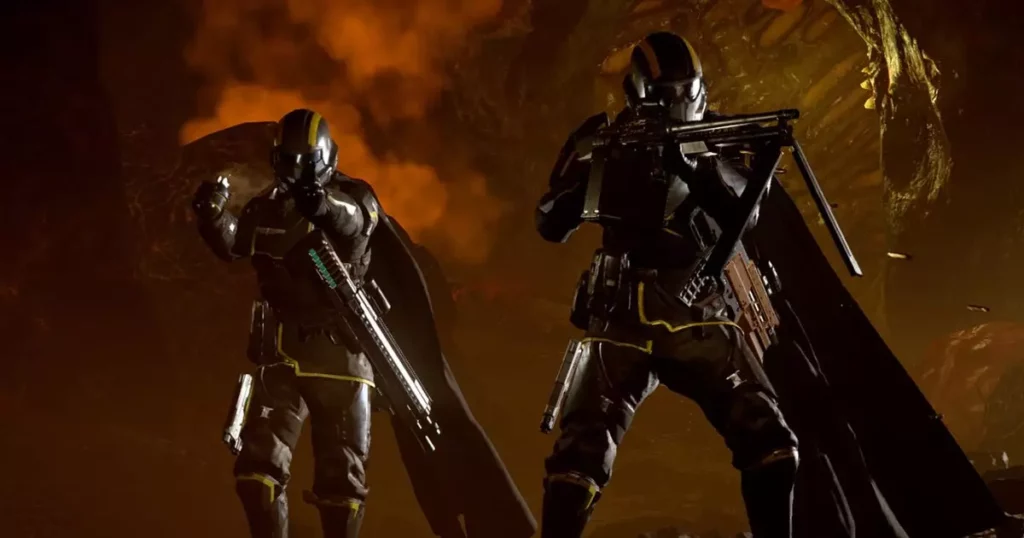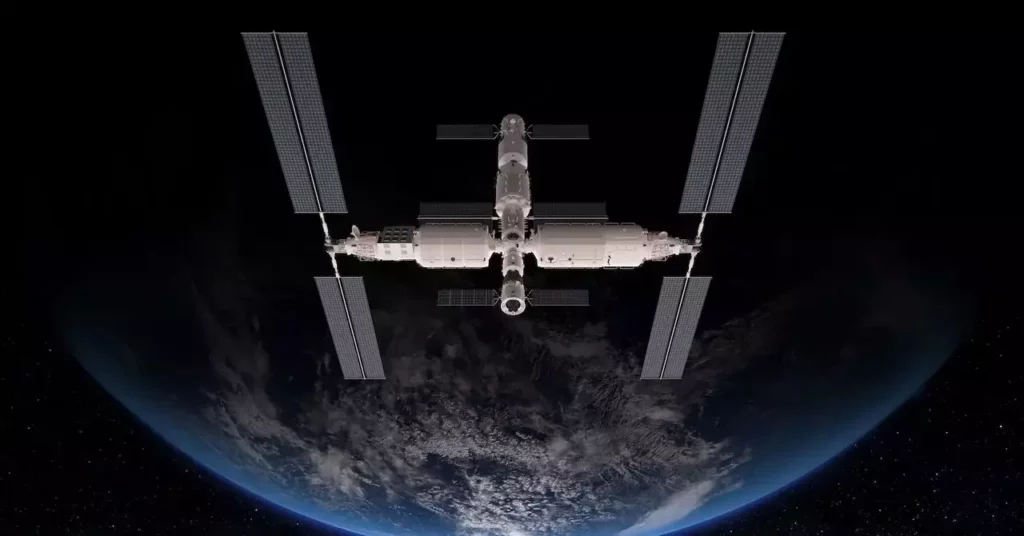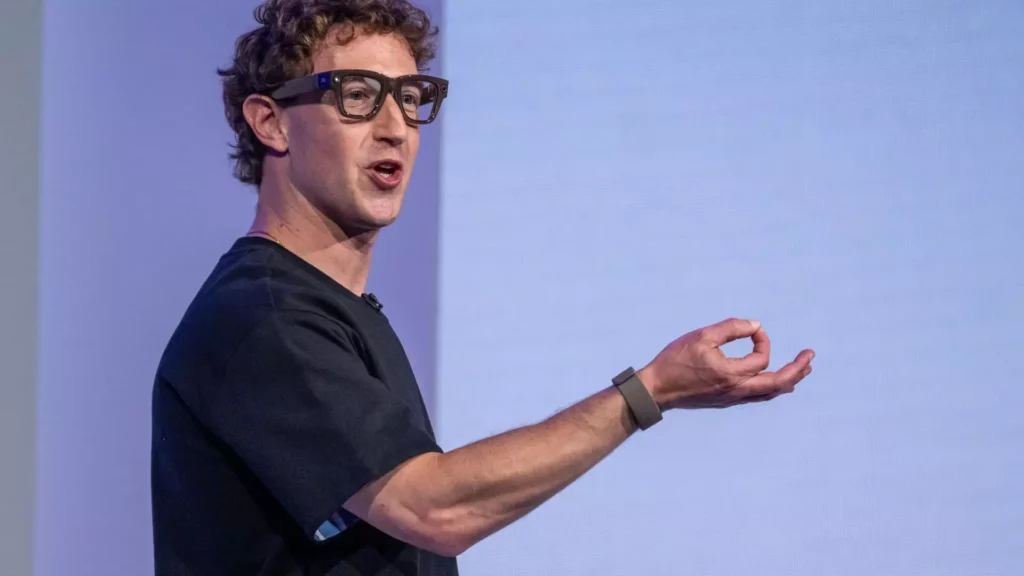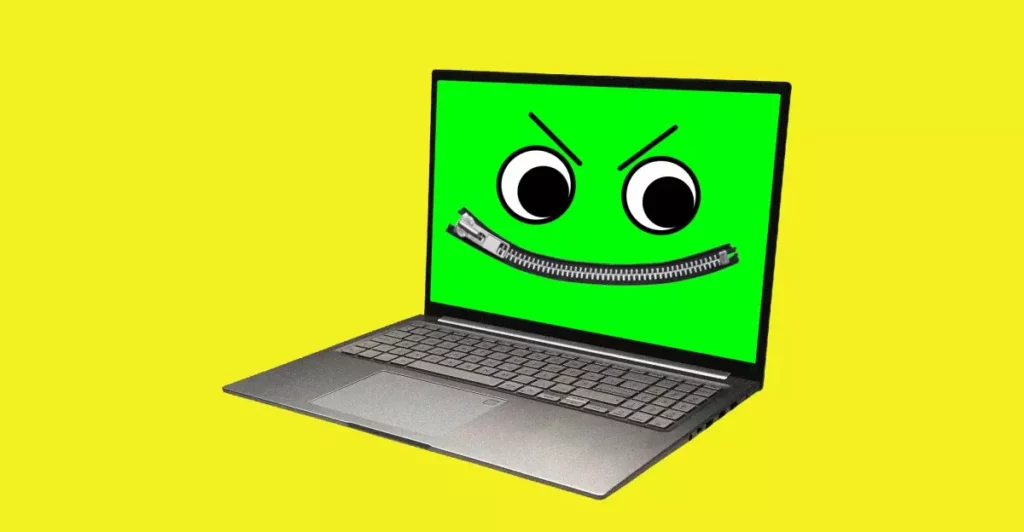In the rapidly evolving landscape of modern gaming, developers often prioritize quick patches over thoughtful design adjustments. The recent decision by Arrowhead to temporarily remove the Rupture Strain enemy units from Helldivers 2 highlights this trend. Instead of carefully tuning their overpowered mechanics, the studio opts to suspend their presence altogether, presuming that their problematic behavior can be solved with a mere pause. This reaction, although seemingly pragmatic, illuminates a deeper issue: the inability—or unwillingness—of many contemporary game studios to tackle core design flaws without resorting to drastic measures, ultimately undermining player trust and the integrity of the game experience.
The move to pull the Rupture Strain “offline” for five weeks serves as a quick fix rather than an enduring solution. While it temporarily alleviates frustration, it also implies a failure in early-stage development to predict how certain units might unbalance gameplay. This approach suggests a reactive mindset where issues are addressed late, rather than a proactive strategy of meticulous balancing during initial design phases. As a result, players are subjected to artificial gameplay environments that oscillate wildly depending on patch cycles, eroding confidence in the studio’s ability to deliver a stable, coherent experience.
Surface-Level Patches vs. Fundamental Design Flaws
The core problem with Arrowhead’s approach lies in the superficial nature of their revisions. By removing the Rupture Strain enemies entirely, the developers avoid engaging with the underlying design problems—namely, their overtune and bugs—that make them unfair or unpredictable. This kind of bandaid solution may satisfy individual players temporarily, but it fails to confront the deeper issues of game balance and enemy design. Moreover, the notion that players will simply wait five weeks for the enemy units to return more “palatable” demonstrates a dismissive attitude towards the ongoing frustrations players experience when core game features are in flux.
Effective game design should prioritize creating enemies and mechanics that challenge without overwhelming, and most importantly, that are consistent and fair. When studios bypass this process, they risk alienating players who crave a sense of mastery and fairness. Reacting to problems with “bring it back in X weeks” signals that developers see balancing as a temporary concern, rather than an essential component of quality game development. The class of players who desire meaningful challenges will view this as an abdication of responsibility, leading to skepticism about the studio’s long-term vision and expertise.
Broad Implications of Short-Term Fixes in the Industry
This incident with Helldivers 2 exemplifies a broader pattern in the industry characterized by an over-reliance on quick fixes and reactive development. Studios often find themselves in a cycle where issues are identified, patched temporarily, and then replaced with larger, more complex problems in future updates. This approach fosters a sense of instability and diminishes the perception of developers as attentive artisans crafting a balanced universe. Instead, it reflects a corporate mindset prioritizing immediate user satisfaction over sustainable design principles.
From a center-right perspective, this mindset is problematic because it undermines the core values of craftsmanship, discipline, and long-term planning. Quality gaming experiences stem from careful, iterative development and genuine engagement with feedback—something that cannot be achieved through constant patching and improvisation. Thevedoctrine of patch as Band-Aid fosters a culture where studios avoid tackling difficult design challenges outright, instead opting to delay, hide, or dilute problems until they become unmanageable.
Arrowhead’s temporary withdrawal of the Rupture Strain in Helldivers 2 is emblematic of an industry more comfortable with superficial remedies than with addressing systemic issues. Such tactics threaten the integrity of game design and risk turning gaming into a fragile ecosystem of quick fixes rather than a durable, carefully calibrated universe that rewards skill, patience, and thoughtful development. Ultimately, the real lesson here is that respecting players’ intelligence and investing in solid, proactive design is the true path to sustainable success—and short-term evasions only undermine that goal.









Leave a Reply